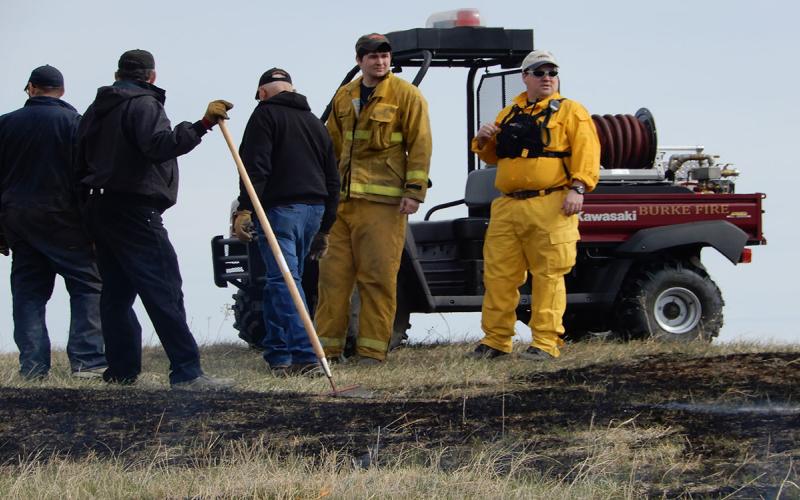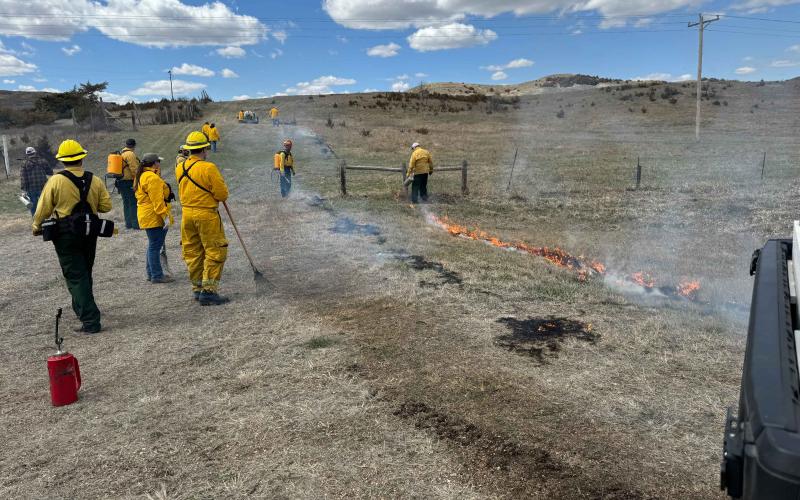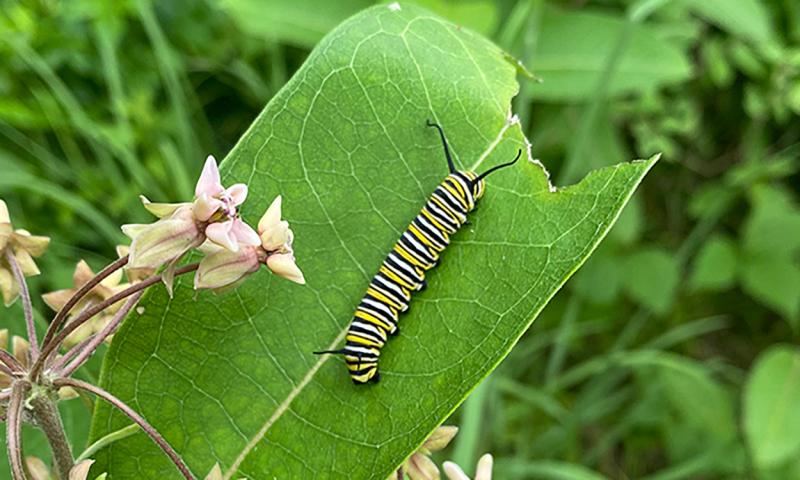
Monarchs are famous for eating milkweed and only milkweed as caterpillars. Milkweed is the monarch caterpillar’s host plant, or exclusive home and food source. Adult butterflies can access nectar on a variety of different flowers, but to complete their lifecycle, monarchs must have access to milkweed.
Monarchs are not the only specialist pollinators here in South Dakota. Many other butterflies also require a specific plant or family of plants to lay eggs on. Read on for a list of important host plants to help specialist butterflies in your yard!
Specialist Host Plants
Milkweed
(Asclepias ssp.)
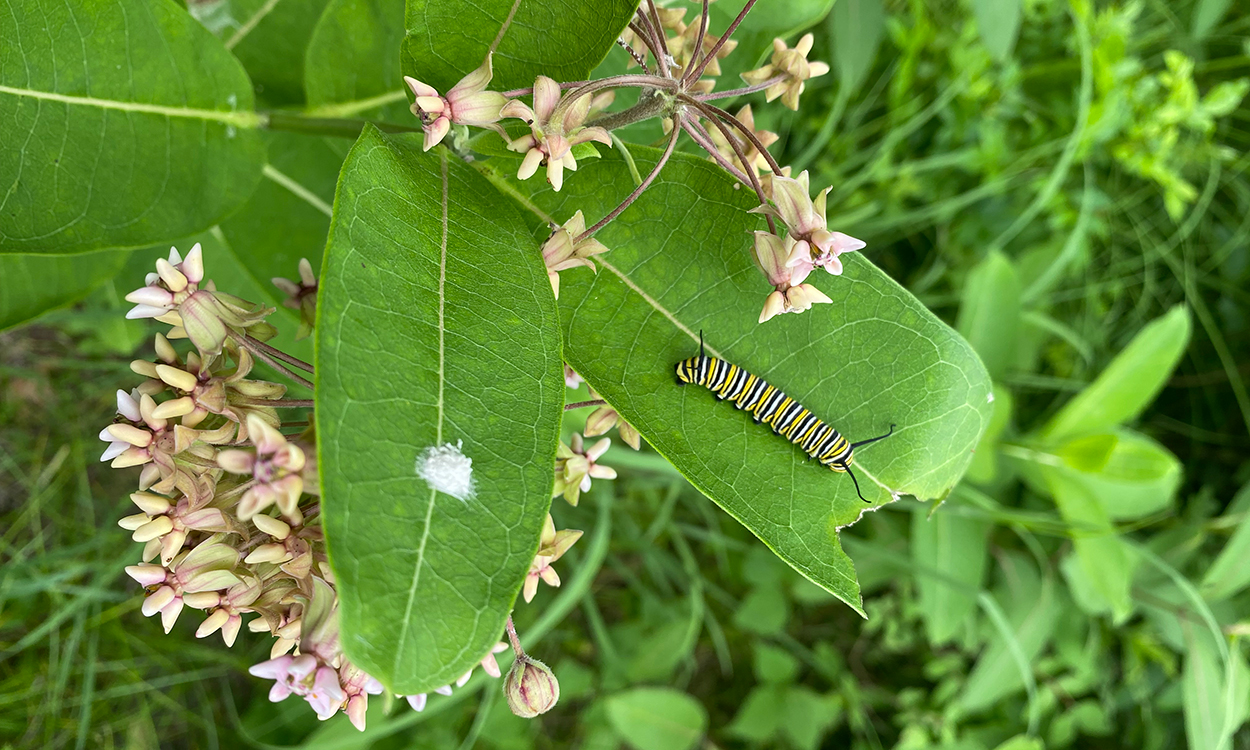
Monarchs will lay eggs on all sorts of milkweed (Figure 1), and so will milkweed tussock moths! Where monarchs only lay one or two eggs per plant, milkweed tussock moths lay a large egg mass, resulting in dozens of caterpillars.
Violets
(Viola ssp.)
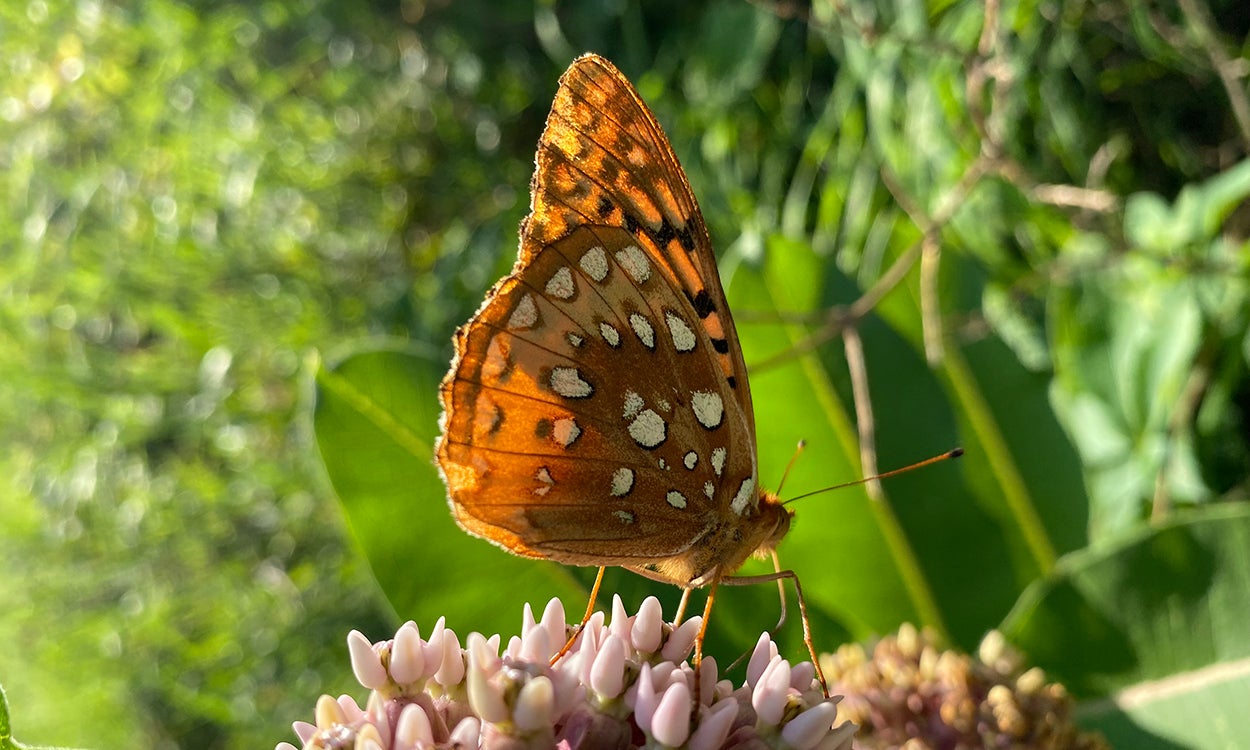
These little flowers have a mighty host – fritillary butterflies (Figure 2)! Common fritillaries of the Dakotas include the great spangled fritillary and regal fritillary. Violets are low-growing, shade-tolerant plants that can even function as a low-traffic grass lawn.
Clovers
(Dalea ssp.,)
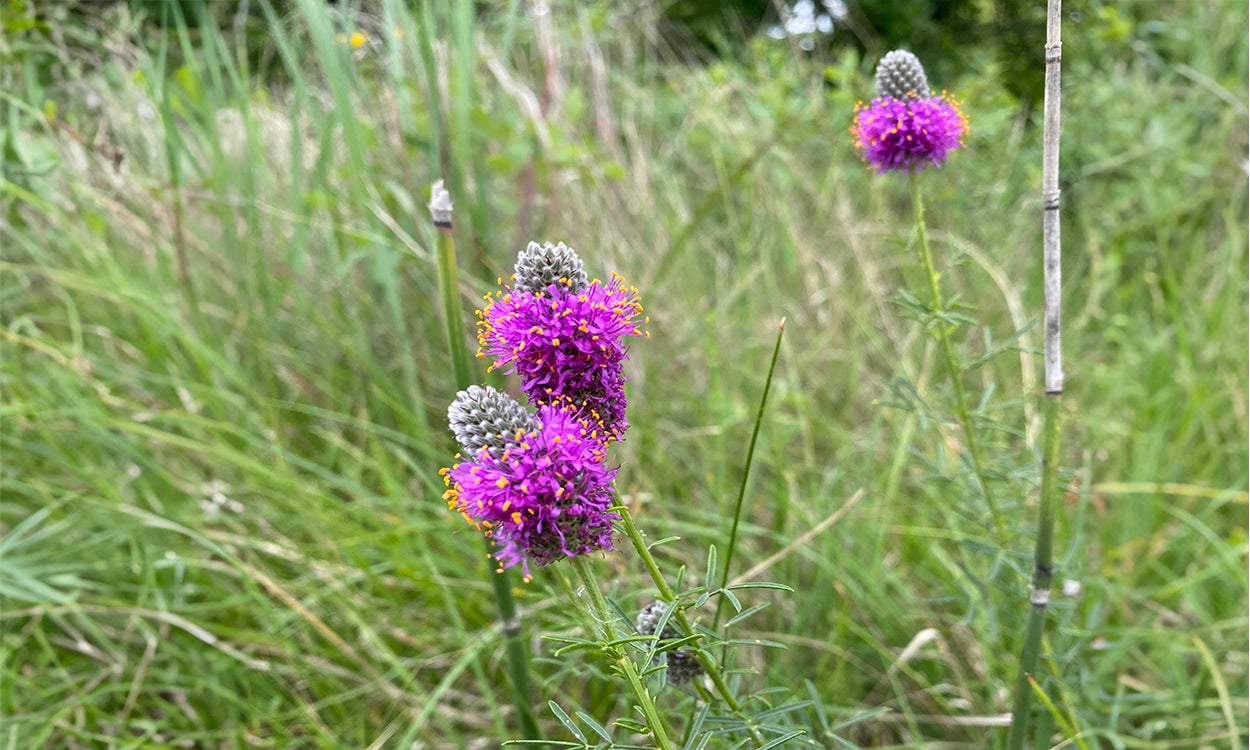
Clouded and orange sulfur butterflies use clovers (Figure 3) and other native legumes as their host plant. Non-native legumes, like sweet clover, can also host these small yellow butterflies.
Asters
(Symphyotrichum ssp.)
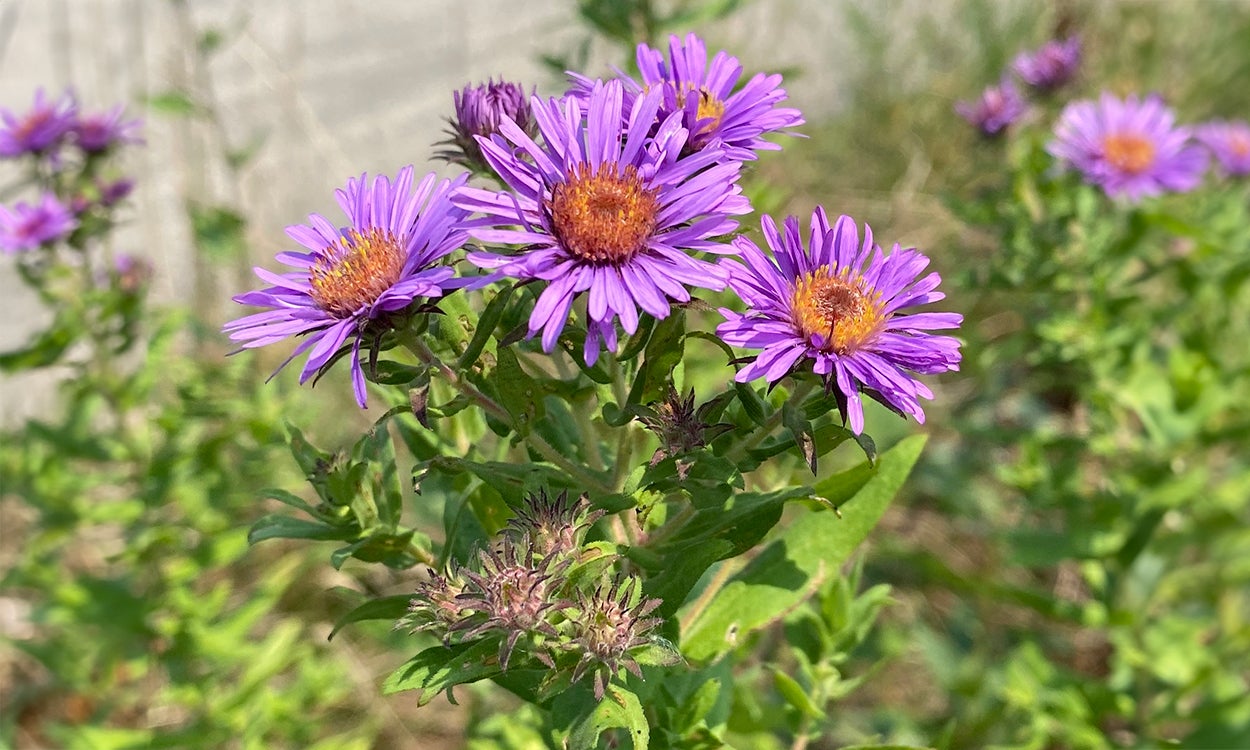
Many butterflies use asters as their host plant! The dainty sulfur is common only in the southern half of South Dakota, whereas the pearl crescent can be found across the state. Consider smooth blue aster, heath aster, and New England aster (Figure 4) for a variety of different colors in your yard.
Alexanders
(Zizia ssp.)
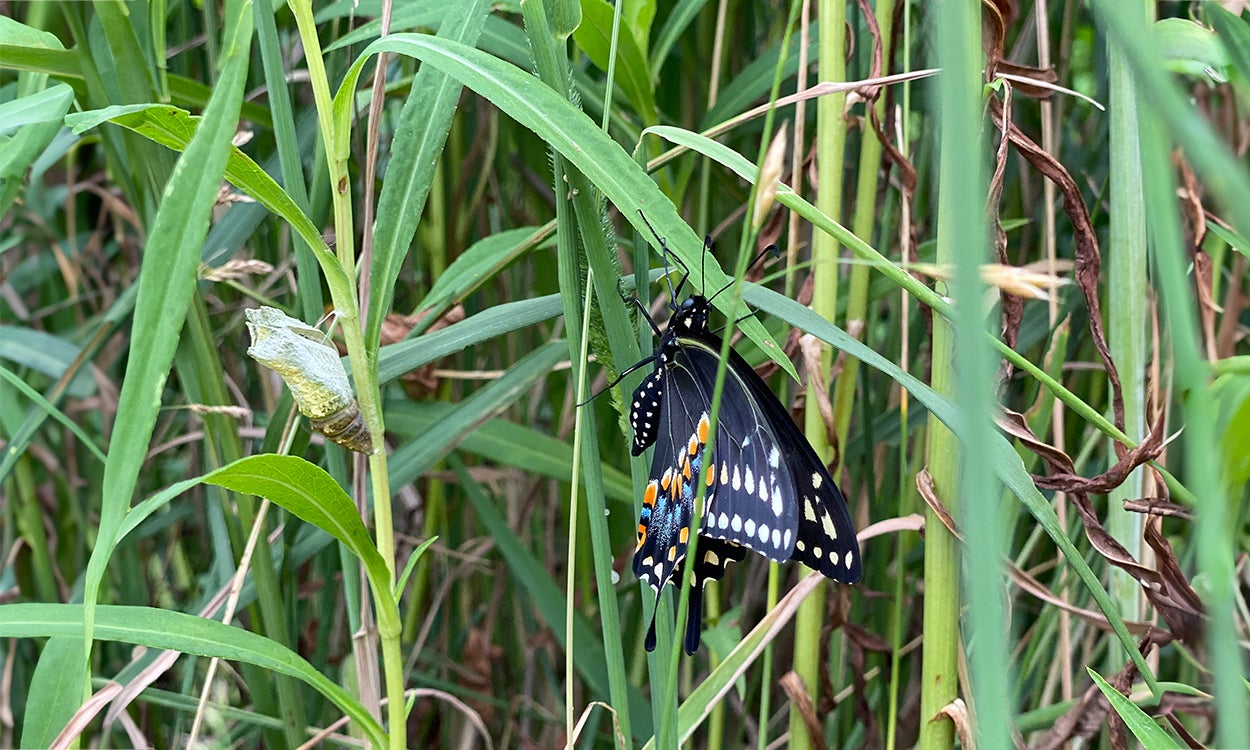
The black swallowtail (Figure 5) lays its eggs on all members of the carrot family, so you might also find their caterpillars in your herb garden! To save your dill and parsley, try planting golden or heartleaf alexanders.
Cudweed sagewort
(Artemisia ludoviciana)
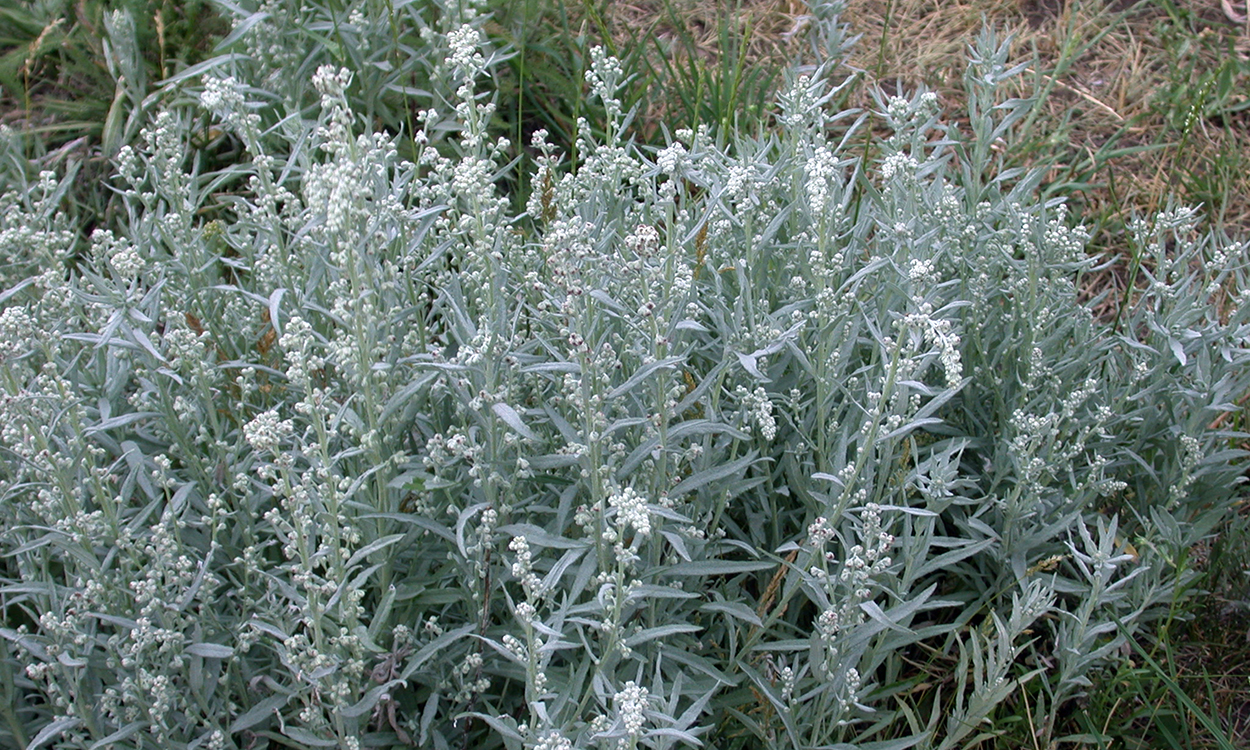
The American lady butterfly lays her eggs on a variety of native plants, but cudweed sagewort and pearly everlasting are frequently listed in butterfly guidebooks as their primary hosts.
Reference and Resource
- Marrone, Gary M. (2002) Field Guide to Butterflies of South Dakota. South Dakota Game Fish and Parks.
